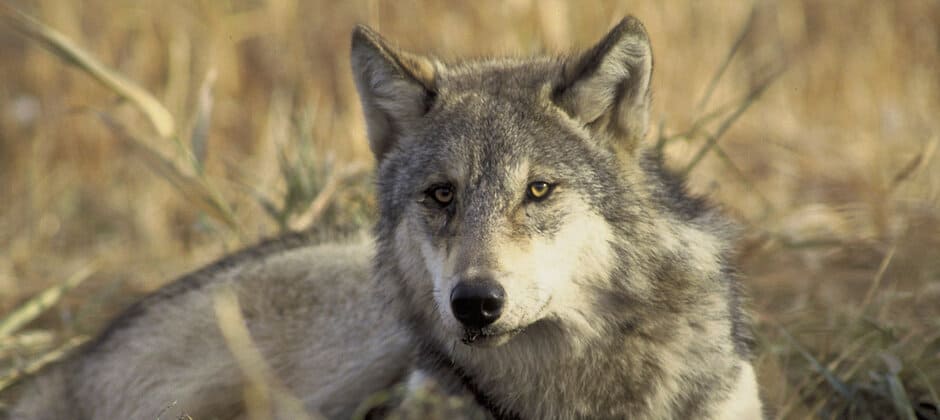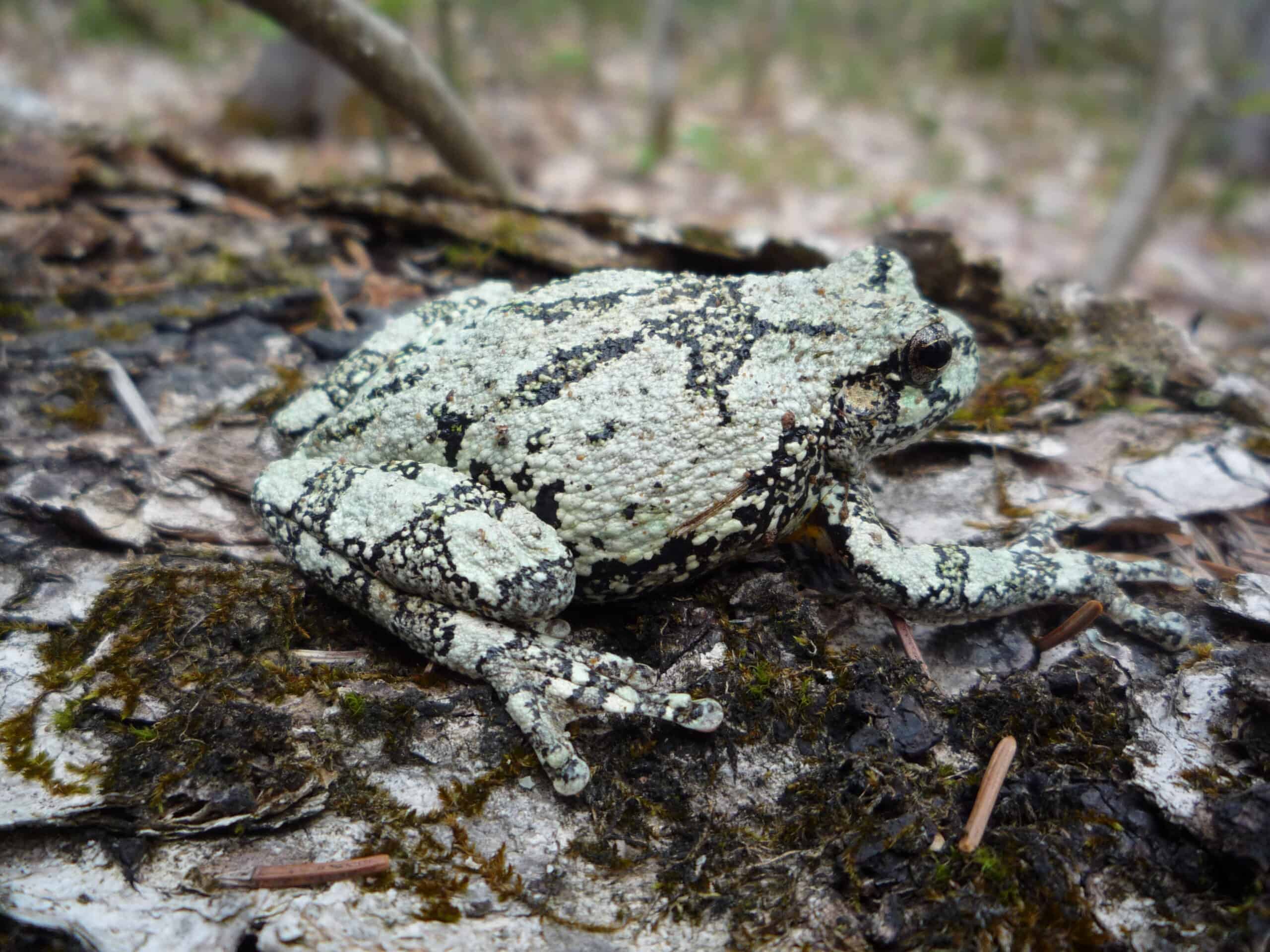Share this article
TWS’ statement on delisting of gray wolves
The U.S. Fish and Wildlife Service announced their decision to remove gray wolves (Canis lupus) from the federal Endangered Species Act on Oct. 29, 2020. The Service based its decision on its assessment that gray wolf populations in the lower 48 states are no longer threatened with extinction and have met the recovery goals for the listed populations. This listing decision does not affect the status of the red wolf (Canis rufus) in the southeast or Mexican gray wolf (Canis lupus baileyi) in the southwest.
The tireless efforts of wildlife professionals to restore gray wolves and facilitate their advancement across the lower 48 states have been successful over the past several decades. Gray wolves were deliberately extirpated from nearly all of the contiguous U.S. by the mid-1900s. Through the collaborative efforts of wildlife professionals and their application of scientific information, there are now more than 6,000 gray wolves across at least 10 states in the contiguous U.S. according to the U.S. Fish and Wildlife Service — and wolf populations and range continue to expand through natural dispersal and science-based management of the species.
The Wildlife Society recognizes that this decision will ignite the passions of many stakeholders interested in the management and conservation of wolves and other wildlife. Acknowledging this passion for wildlife management challenges is key to moving conservation forward in a way that recognizes the various ethical, political and personal values of all stakeholders. We support the use of science in policy decision-making and continue to encourage decision-makers and stakeholders to rely on robust scientific information to guide the management and conservation of gray wolves in a way that minimizes and mitigates wolf-human conflicts, increases public tolerance of wolves, and retains wolves as a component of the natural landscape.
With wolves continuing to expand their range, we encourage states adjacent to wolf populations to develop conservation and management plans through robust stakeholder engagement and collaboration. We encourage plans that recognize the values of stakeholders, address likely wolf-human conflicts, and provide for the conservation of this native species in areas that provide suitable conditions — both social and ecological — to sustain packs.
As gray wolves transition from their status as a federally endangered species, wildlife professionals will continue their key role advancing the conservation of this native species, providing scientific expertise and dedication to ensuring gray wolves continue to occupy their important ecological niche.
Read The Wildlife Society’s Issue Statement on Wolf Restoration and Management in the Contiguous United States
Header Image:
The USFWS decided to delist gray wolves from the Endangered Species Act.
Credit: John and Karen Hollingsworth/USFWS








